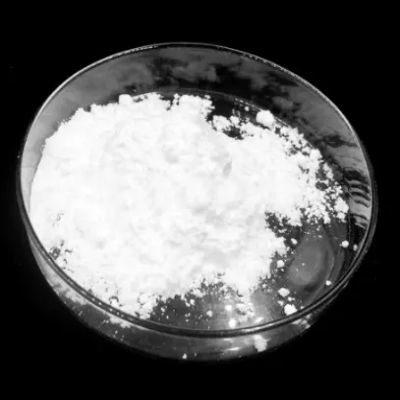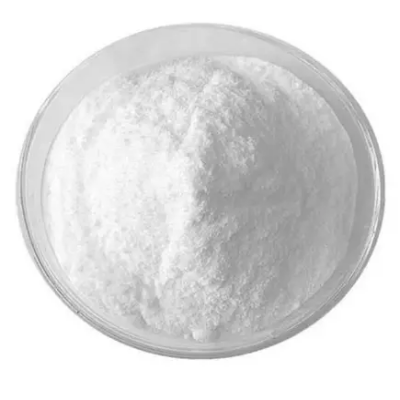Platinum bis(acetylacetonate) CAS:15170-57-7
Platinum bis(acetylacetonate) finds versatile applications in catalysis and materials science. One significant use is in the synthesis of platinum nanoparticles. Pt(acac)₂ serves as a precursor in the preparation of these nanoparticles through methods such as sol-gel synthesis, chemical reduction, or thermal decomposition. These nanoparticles exhibit unique properties and find applications in catalysis, sensors, and biomedical fields. Furthermore, Pt(acac)₂ is utilized as a catalyst in various organic reactions. It is particularly effective in hydrogenation reactions, where it facilitates the addition of hydrogen to unsaturated organic compounds. This catalyst is valuable in the hydrogenation of alkenes, alkynes, and aromatic compounds, leading to the production of industrially important chemicals and pharmaceutical intermediates. Additionally, Pt(acac)₂ is employed in carbon-carbon bond-forming reactions such as the Suzuki-Miyaura coupling and the Heck reaction. These transformations enable the synthesis of complex organic molecules by coupling aryl or vinyl halides with suitable partners under mild conditions. The platinum catalyst enhances the efficiency and selectivity of these reactions, contributing to the development of new materials and pharmaceuticals. Moreover, Pt(acac)₂ plays a role in the oxidation of organic substrates. It can catalyze reactions such as the aerobic oxidation of alcohols to carbonyl compounds or the oxidation of olefins to produce epoxides. These oxidation processes are important in the synthesis of fine chemicals and pharmaceuticals. Additionally, Pt(acac)₂ is used in materials science for its ability to modify surfaces. It can be deposited onto various substrates to enhance their catalytic activity or modify their electronic properties. This makes Pt(acac)₂ useful in applications such as fuel cells, sensors, and electronic devices. In summary, Platinum bis(acetylacetonate) is a valuable catalyst and precursor with diverse applications in catalysis, materials science, and nanoparticle synthesis. Its versatility and effectiveness make it an essential component in various chemical and industrial processes, contributing to advancements in multiple fields.






| Composition | C10H14O4Pt |
| Assay | 99% |
| Appearance | white powder |
| CAS No. | 15170-57-7 |
| Packing | Small and bulk |
| Shelf Life | 2 years |
| Storage | Store in cool and dry area |
| Certification | ISO. |









